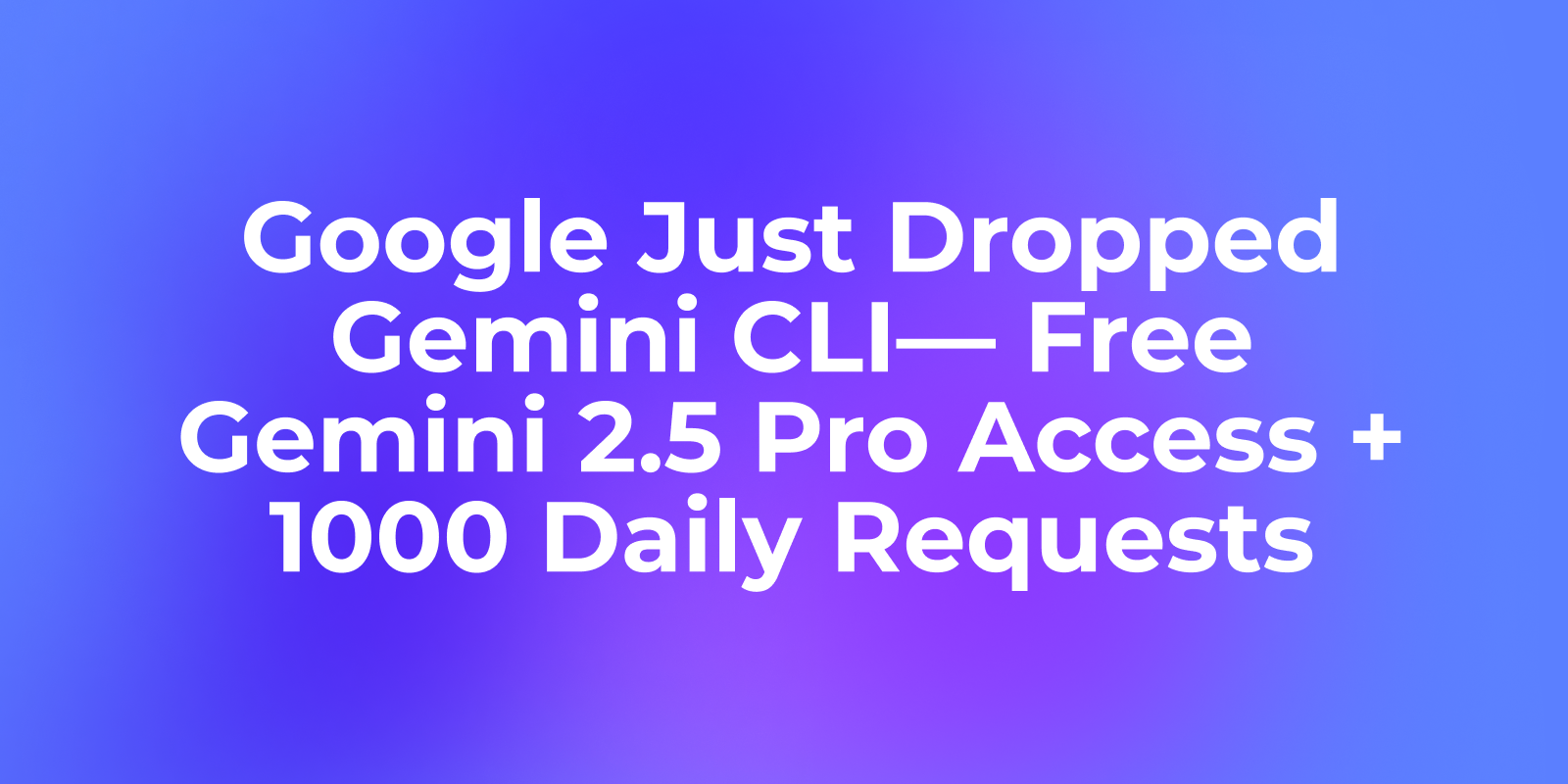In recent years, with the rapid development of artificial intelligence (AI) technology, various large language models (LLMs) have been released. On Replicate, various open-source LLMs are gathered, making it an ideal platform for developers who want to integrate AI. In this article, we will provide a detailed introduction to the Replicate AI platform and explain how to use it in a clear and understandable way.
Additionally, Apidog is a completely free tool, and you can get it for free by clicking the button below.
What is Replicate?
Replicate is a platform that collects various open-source large language models (LLMs), and it can be considered the foundation for open-source AI. Whether you are looking for AI text generation, AI image generation, AI video generation, or any other type of AI model, you can find the appropriate AI model on Replicate.

Furthermore, Replicate allows developers to use various open-source models via APIs, making it easy to integrate their applications or projects with AI services.

Popular Large AI Models on Replicate
Replicate is a platform that brings together some of the world's largest open-source AI models, allowing you to discover and easily use various large AI models. Here, we will introduce some of the most popular large AI models on the Replicate platform.
Stability-ai
Stability-ai has developed various AI image generation models, among which the most popular is Stable Diffusion. On Replicate, the Stability-ai API has been run over 150 million times (the Stable Diffusion API has been run around 110 million times), making it one of the most popular AI models.

Meta-llama
Llama is a large language model developed by Meta. Llama 2 is Meta's 70 billion parameter language model. Meta's llama is also very popular on the Replicate platform, with its API having been run over 100 million times.
gfpgan
Gfpgan is an image-processing AI model developed by Tencent PCG's ARC Lab. It primarily focuses on practical face restoration algorithms for old photos and AI-generated faces. The gfpgan API has been run over 70 million times.
Mixtral
Mixtral is a text generation model developed by Mistral.ai, fine-tuned with pre-training to serve as a useful assistant. Its API on the Replicate platform has been run over 70 million times.
In addition to these popular models, Replicate has thousands of other models available, so you can find and integrate the appropriate AI model for your needs.
Replicate Pricing
Replicate's pricing consists of hardware (CPU and GPU) and model costs. You are charged based on the actual time you use GPU or CPU resources. You are not charged when you are not using them.
Hardware Costs
| Hardware | Cost | Notes |
|---|---|---|
| CPU | $0.000100/second ($0.36/hour) | 4vCPU, 8GB RAM |
| Nvidia T4 GPU | $0.000225/second ($0.81/hour) | 1GPU, 4vCPU, 16GB RAM, 8GB GPU RAM |
| Nvidia A40 GPU | $0.000575/second ($2.07/hour) | 1GPU, 4vCPU, 48GB RAM, 16GB GPU RAM |
| Nvidia A40 (Large) GPU | $0.000725/second ($2.61/hour) | 1GPU, 10vCPU, 48GB RAM, 48GB GPU RAM |
| Nvidia A100 (40GB) GPU | $0.001150/second ($4.14/hour) | 1GPU, 10vCPU, 40GB GPU RAM, 72GB RAM |
| Nvidia A100 (80GB) GPU | $0.001400/second ($5.04/hour) | 1GPU, 10vCPU, 80GB GPU RAM, 144GB RAM |
| 8x Nvidia A40 (Large) GPU | $0.005800/second ($20.88/hour) | 8GPU, 48vCPU, 8x48GB GPU RAM, 680GB RAM |
Model Costs
Additionally, the cost of using models varies depending on the type of model. Models are categorized into three types: public models, language models, and custom models. Each category has a different pricing structure.
| Model Type | Cost |
|---|---|
| Public Models | Model Runtime x Resource Cost |
| Language Models | Input/Output Tokens x Rate (e.g., LLaMA 2 70B Input $0.65/1 million tokens) |
| Custom Models | Model Runtime x Resource Cost + Setup Time Cost + Idle Time Cost |
In summary, Replicate charges flexibly based on the resources or processing time you actually use, and you don't pay for what you don't use, allowing you to minimize costs.
If you want to know more details about Replicate's pricing, it is recommended to check the following link or Replicate's pricing page.
Replicate Usage Guide: Easily Test and Integrate Models
So, if you want to use the appropriate model on Replicate and integrate it into your application or project, how should you proceed? Since all AI models on Replicate are only accessible via APIs, a convenient API management tool is a must-have.
We recommend the most convenient API management tool, Apidog. By using Apidog, you can easily start using Replicate, test the APIs to ensure the models work correctly, and with a single click, generate client code or SDKs for integration into your project.
Additionally, in the API Hub provided by Apidog, there is a Replicate API project, so by accessing the following link, you can immediately access the Replicate API project. You can then use or test it directly online.

Furthermore, by opening the Replicate API project in Apidog, you can generate client code or SDKs for the Replicate API and easily integrate them into your application.
Step 1: Open the Replicate API project in Apidog, select the desired endpoint, and click the "Generate Code" button.
Step 2: Choose to generate "Client Code" or "SDK."

Step 3: Select the programming language you are using, and the code will be generated immediately.

By easily generating client code or SDKs for Replicate, you can seamlessly integrate the AI models on Replicate into your applications or projects.
Conclusion
In this article, we have provided a detailed explanation of the Replicate platform and how to use it. Replicate is a platform that collects various open-source large language models (LLMs), offering AI models for a variety of purposes, including AI text generation, AI image generation, and AI video generation. Developers can use these models through Replicate's API.
To integrate Replicate's AI models into your application or project, the API management tool Apidog is very useful. With Apidog, you can access the Replicate API project, test models online, and generate client code or SDKs for easy integration.





